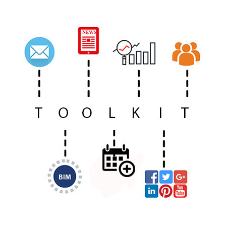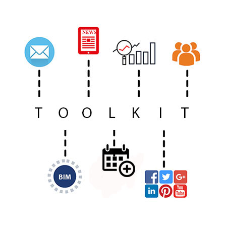At the start the new year many of us will be looking again at strategy. Considering how best to use marketing content and sales tools to gain specifications of your building products. With this in mind this article from Competitive Advantage drew on some of their popular guidance and summarised it below. Providing a checklist or framework to ensure your strategy is best placed to influence construction decision makers and gain specifications.
1. Is your strategy based on up to date facts?
When developing strategy for construction markets we like to think we know our customers and what they want. We like to think that we have the information we need to market effectively to architects, engineers, contractors… But how many times do you debate specifier behaviour with your colleagues to simply end up in a circular discussion, because you don’t have the data? Or throw about answers based on assumption and gut-feeling?
You need to do the ground-work to ensure your strategy is fully informed. When marketing construction products it is important to have a good grip on the current market, as well as understand the construction specifiers that specify your product.
Market research is about minimising risk. The greater your understanding of your construction sector the lower the risk of failure and the higher the chance of success. So, don’t be tempted to move straight to the creative, drafting a marketing campaign without knowing your facts.
Gaining these essential facts could be as simple as surveying your frontline sales staff, completing some desk research or conducting an online survey. A little time to gather this information could save you a lot or trial and error later on. It is also important to schedule regular reviews of this data. As once you know your starting point you then need to track progress towards your end goal. Regularly checking market data means you can fine tune your marketing efforts, so maintaining effectiveness.
Read this case study on how Competitive Advantage’s research helped Prysmian Group develop and implement a high-impact, multi-channel award winning campaign.
2. Are you providing answers?
Once you have gathered your facts as detailed in step 1, you will then be able to consider the threats and opportunities for your construction brand. From this you can develop a strategy that answers your customers’ needs.
For example, you can use construction industry forecasts to help identify the potential value of each construction sector to your business, considering which market sectors are growing and also your market share. Identifying where best to focus your efforts and promoting your construction product where there is greatest demand.
You can use competitor analysis to understand how to differentiate your construction brand. Highlighting how best to position your product in the market place, building trust with specifiers.
And you can use persona marketing to understand the construction specifier, to gain an understanding of the motivation behind buyer decisions. Knowing those much-needed answers that specifiers are seeking provides valuable content for your marketing efforts.
Developing your strategy around facts allows you to answer real needs, to connect with specifiers and develop meaningful dialogue. It allows you to position your company as the Trusted Advisor, reducing the importance of price and transferring influence away from the supply chain and back to you, the manufacturer.
3. Are you being heard?
Once you have gathered the facts and developed your messaging it is then important to be heard and communicating with construction decision makers requires careful consideration. Many of the members of the construction DMU are busy individuals, who are not always office based. It is also important to time your messages to reach the lead specifier and the key influencers at the appropriate stages of the construction process, when they will be most receptive to your messages.
There are some communication methods that are particular to construction markets and considering how to use these in your integrated communications strategy is important. For example, BIM and CAD content is a must when marketing construction products. Well written specifications make it easy to specify and minimise spec switching. And CPD seminars are a great opportunity to get face to face with the specifier and it should be treated as a key sales tool.
As well as making full use of online references like YouTube, Barbour Product Search and Pinterest, it is also important to have a strong website with extensive product data.
Monitoring your communications on a regular basis allows you to understand where and how you are having the best impact. Which leads us back to the beginning. Regular monitoring is a must. Marketing never sits still. Remember to review progress, realign your activity accordingly and where necessary fine tune your goals, to remain relevant to your market place.
Chris Ashworth from Competitive Advantage will be running his open training course Creating Demand through Specification in London on 28th March where he will set out a strategy for engaging with construction industry decision makers to influence the specification process.
Related Blog Articles







